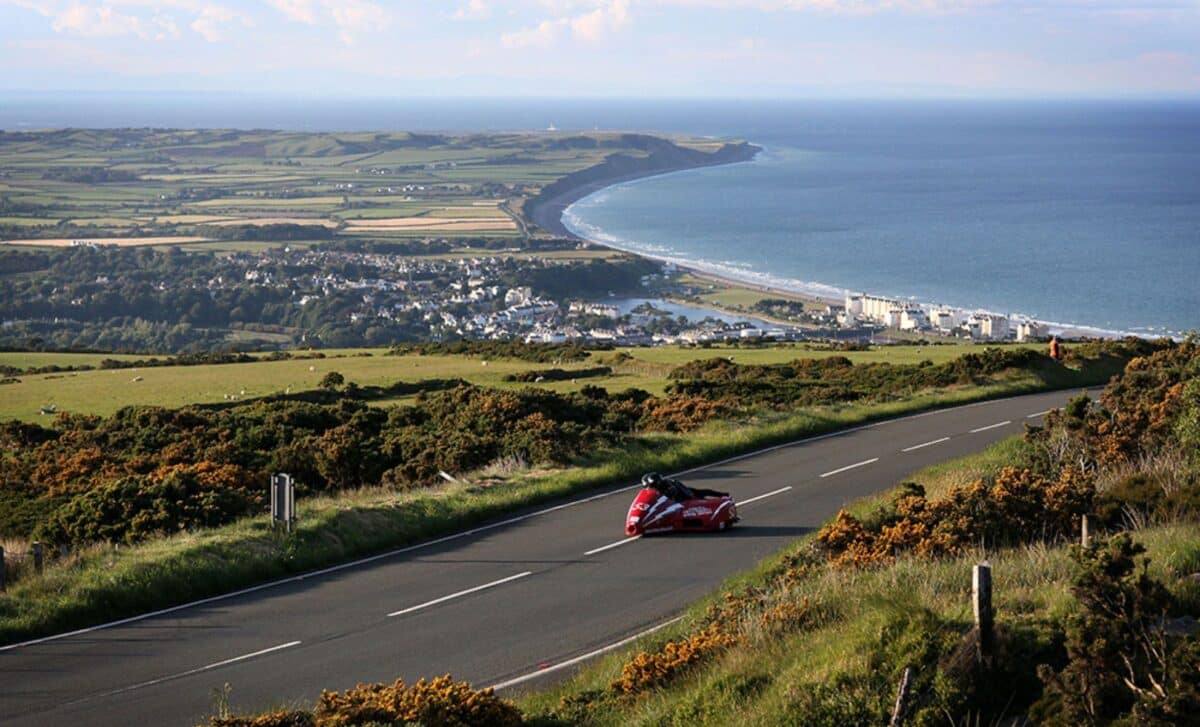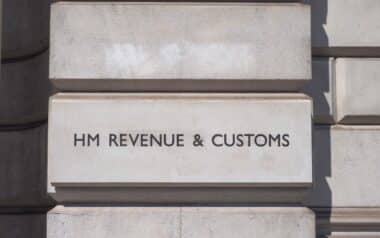The Isle of Man is set to implement a blanket 20mph speed limit across residential areas, a move that is both supported and contested by local communities.
The initiative, which follows a commitment made by the government in 2023, is now progressing through a public consultation phase.
The Department of Infrastructure is spearheading the project, which aims to improve pedestrian safety and reduce accidents across towns and villages on the island.
However, the scheme has prompted a significant backlash, with some residents raising concerns over potential congestion, CO2 emissions, and economic impacts.
The Rationale Behind the 20mph Speed Limit
According to the Department of Infrastructure, the primary objective behind the blanket 20mph speed limits is to make residential areas safer for pedestrians and cyclists. The plan, which is part of a broader strategy known as ‘Our Island Plan’, aligns with the government’s vision to improve quality of life on the island.
It has already been rolled out in Port St Mary, with other towns and villages such as Peel and Douglas slated for similar changes over the coming months.
In addition to lowering speeds, the initiative includes the installation of new signage to raise public awareness and promote behavioural change.
However, the government has clarified that no new traffic-calming measures, such as speed bumps or road narrowing, will be introduced. Instead, the focus will be on encouraging voluntary compliance through education and enforcement.
The government’s stance is that reducing traffic speeds in residential areas is an important step towards creating safer streets that are more inclusive for all residents. By lowering speed limits, the government hopes to address rising concerns about traffic accidents and improve safety near schools and other community spaces.
Public Opposition and Growing Concerns
While the government’s intentions have been framed as beneficial for public safety, the blanket 20mph speed limits have been met with growing opposition.
A petition to halt the project has gathered over 3,300 signatures, citing concerns over the increased risk of congestion and the potential for higher CO2 emissions. Petitioners argue that stop-start driving, which often occurs in congested areas, can increase CO2 emissions by as much as 30%.
Economic concerns have also emerged, with some residents arguing that slower speeds may increase travel times and result in higher costs for local businesses.
Other critics worry that the new limits could inadvertently lead to more accidents, as drivers may lose focus and become frustrated with the lower speeds. Some even argue that the scheme has been introduced without a thorough understanding of the broader implications.
Despite these concerns, the Isle of Man government is moving ahead with its plans, with a phased rollout set to continue across the island over the next two years.









